



If your cleaning device is exhibiting a pulsing effect, the first step is to check the water supply. Ensure that there is a consistent flow and that hoses are free from kinks or obstructions. An inadequate water source can cause fluctuations in performance, leading to inconsistent pressure delivery.
Next, inspect the nozzle. A clogged or incorrectly sized nozzle can disrupt the flow and pressure, resulting in erratic performance. Cleaning or replacing the nozzle can often resolve this issue effectively.
Additionally, examine the inlet filter. A dirty filter can restrict water flow, causing your device to struggle with maintaining stable pressure. Regular maintenance of this component is vital for optimal performance.
Lastly, consider the pump itself. If the pump is worn or damaged, it may fail to maintain steady pressure. Listen for unusual noises and check for leaks. If these signs are present, a pump repair or replacement might be necessary to restore proper functioning.
Causes of Inconsistent Water Flow in Cleaning Equipment
Insufficient water supply is a primary reason for erratic water flow in cleaning machinery. Check the water source and ensure proper flow, typically around 5-8 litres per minute, without any kinks in the hose. A clogged filter can also restrict water intake, so inspecting and cleaning the inlet filter before each use is advisable.
Air in the System
Air trapped in the system can create fluctuations in performance. To purge air, engage the trigger while the device is turned off, then turn it on without release until a steady stream flows. This should eliminate any bubbles within the pump.
Pump Malfunctions and Wear
A worn or faulty pump might not maintain a consistent output. Check for leaks or signs of damage. If the seals are worn, they should be replaced. Regular maintenance, including lubricating the pump and ensuring it operates within recommended pressure limits, can prolong its life.
| Potential Issue | Solution |
|---|---|
| Insufficient water supply | Ensure adequate flow, remove hose kinks, clean inlet filter |
| Air trapped in system | Purge air by engaging the trigger |
| Pump malfunctions | Inspect for leaks, replace seals, conduct maintenance |
Being attentive to these aspects can greatly enhance the reliability and performance of your equipment, ensuring a smooth cleaning experience.
Understanding the Causes of Pressure Fluctuations
Start by checking the water supply; inadequate flow can trigger erratic operation. Ensure your hose and connections are free from blockages. Clean any filter screens present in the inlet to guarantee optimal flow.
Next, inspect for air leaks. A damaged hose or loose fittings can introduce air into the system, causing inconsistent performance. Examine all connections carefully and replace any faulty components.
Another key factor is the condition of the pump. If the pump mechanics are worn or damaged, it may not maintain consistent output. Regular maintenance and timely replacement of worn parts are necessary to prevent operational issues.
Additionally, consider the nozzle size. Using a nozzle that does not match the specifications of your equipment can lead to fluctuations. Choose the appropriate nozzle to ensure the right dispersion of water pressure.
Lastly, inspect the unloader valve. This component regulates pressure; if malfunctioning, it can cause the machine to pulse. Cleaning or replacing the unloader valve can significantly enhance performance and stability.
Checking for Blockages in the Hose or Nozzle
Inspect both the hose and nozzle for any obstructions. Accumulated dirt, debris, or kinks may restrict the flow, leading to inconsistent output.
Steps to Identify and Clear Blockages
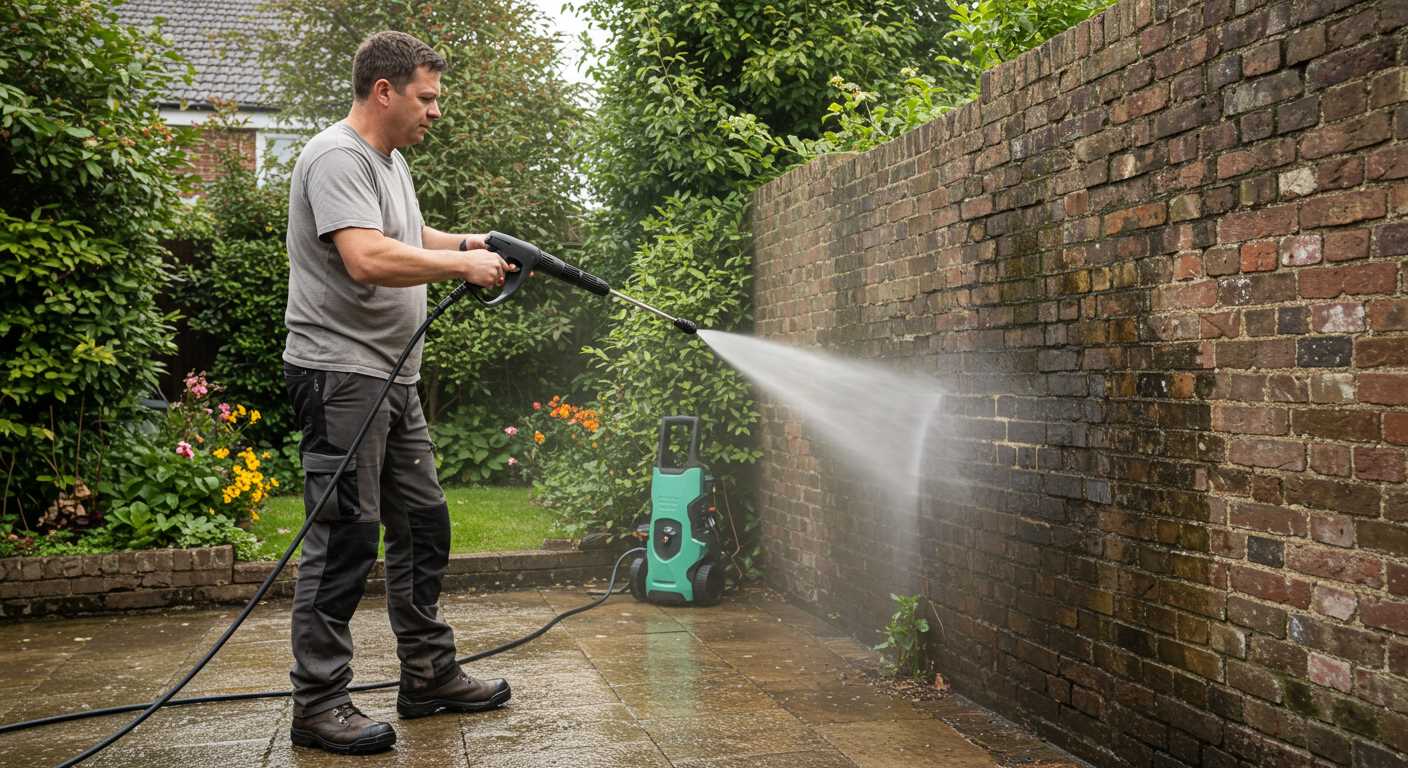
- Disconnect the unit and examine the hose for any visible damage or bends.
- Flush the hose with water to remove any trapped particles.
- Unscrew the nozzle and check for clogs. Clean it with a small brush or needle if necessary.
- Reassemble everything securely and reconnect to the water source.
- Test the machine to see if flow stabilises.
Maintenance Tips
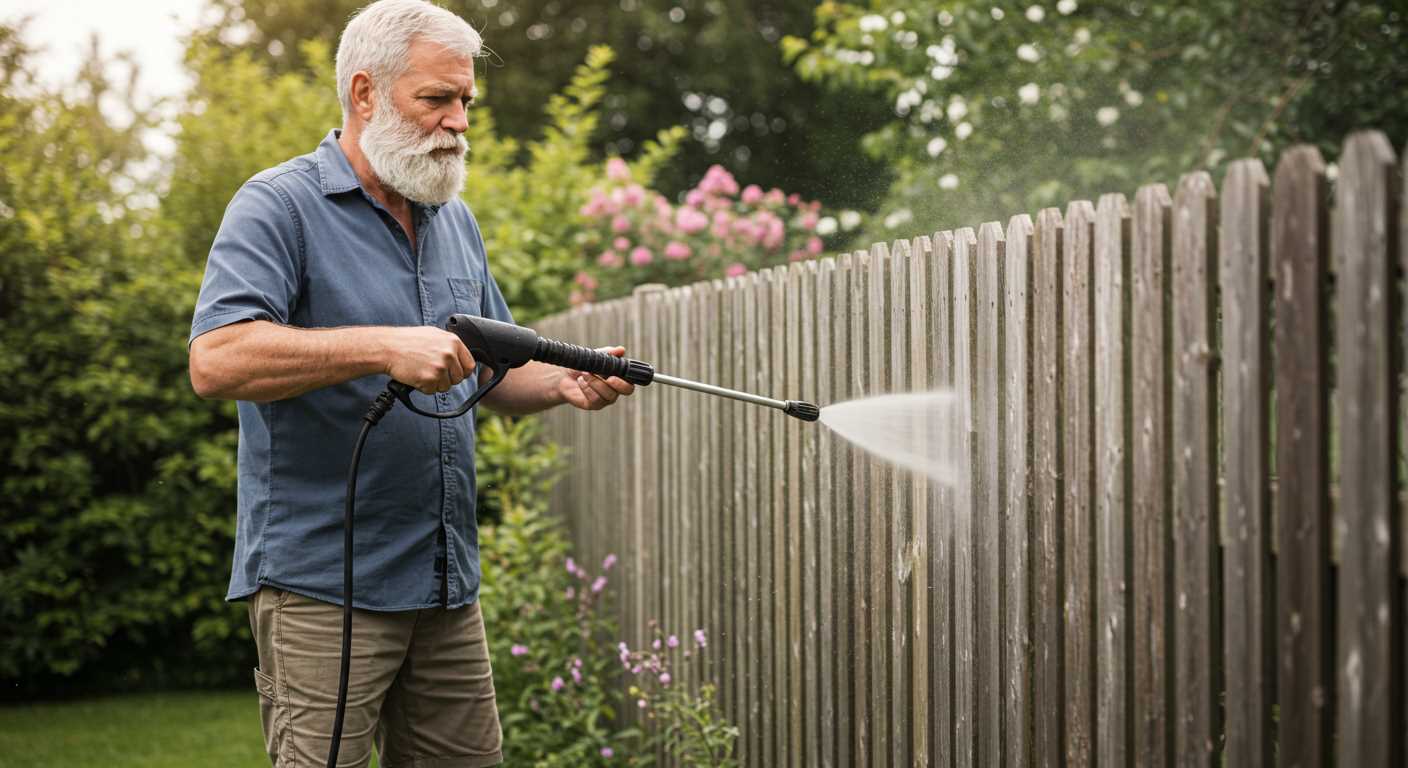
- Always store the hose coiled without kinks to prevent damage.
- Check the nozzle regularly for blockages after every few uses.
- Use filters in the water supply to reduce debris from entering the system.
Following these steps can enhance performance and prolong the lifespan of your equipment. Regular checks will help maintain optimal function, ensuring every task is completed efficiently.
Inspecting the Water Supply for Adequate Flow
I recommend first checking your water source to confirm that it provides sufficient flow. A low flow rate can lead to irregular operation and underperformance in yellow equipment. Use a bucket to measure how much water your supply delivers in one minute; ideally, it should be at least 8-10 litres per minute.
Ensure the garden hose connected to the device is appropriate for the task. A hose that is too narrow or excessively long can restrict water flow. Opt for a hose that is at least 3/4 inch in diameter and no longer than 50 feet.
Examine the hose for kinks, wear, or damage that could inhibit flow. Replace any problematic sections to guarantee an uninterrupted supply of water. Additionally, inspect the fittings and connections between the hose and the water source to ensure they are tight and leak-free.
If your water supply is reliant on a tank or other storage method, verify that it contains enough water. A pump that draws air instead of fluid will create erratic operation. Check the inlet screen for debris that could block water intake, as even minor obstructions can significantly reduce performance.
Lastly, consider the pressure setting on your water supply system. If you’re drawing from a municipal source, the pressure should typically be between 20-100 psi for optimal operation. An underperforming municipal supply might necessitate adjustments to your setup or improvements on the supply side.
Examining the Pump for Wear and Tear
Check the pump for signs of damage or excessive wear. Start by inspecting the seals and gaskets for leaks or degradation which can lead to pressure inconsistencies. Replacing these components can often resolve issues if they appear worn.
Next, assess the condition of the pistons within the pump. If they’re scratched or damaged, this could cause inefficiencies in water flow, leading to a pulsing effect. It’s advisable to replace them if any wear is detected.
Listen for unusual noises while the machine is running; a grinding sound may indicate internal damage. Examine the mounting bolts as well, ensuring they are tight and secure, as loose fittings can lead to vibrations that affect operation.
Inspect the inlet and outlet ports of the pump for blockages or debris. Any obstruction here can disrupt the flow of water, creating erratic behaviour during use. Cleaning these ports should be a routine part of maintenance.
If your model allows, check the inner workings of the pump for corrosion or mineral buildup. Any accumulation can hamper efficiency and lead to performance issues. Regular cleaning and maintenance are key to prolonging the life of this critical component.
Finally, consult the manufacturer’s guidelines for specific maintenance schedules or recommendations. Adhering to these guidelines can prevent premature wear and ensure consistent performance.
Assessing the Spray Gun and Its Components
Begin by examining the spray gun for any signs of malfunction. Check that the trigger moves freely and is not sticking. Inspect the safety lock mechanism as well; if it is engaged or damaged, it can disrupt performance.
Gasket and O-Ring Inspection
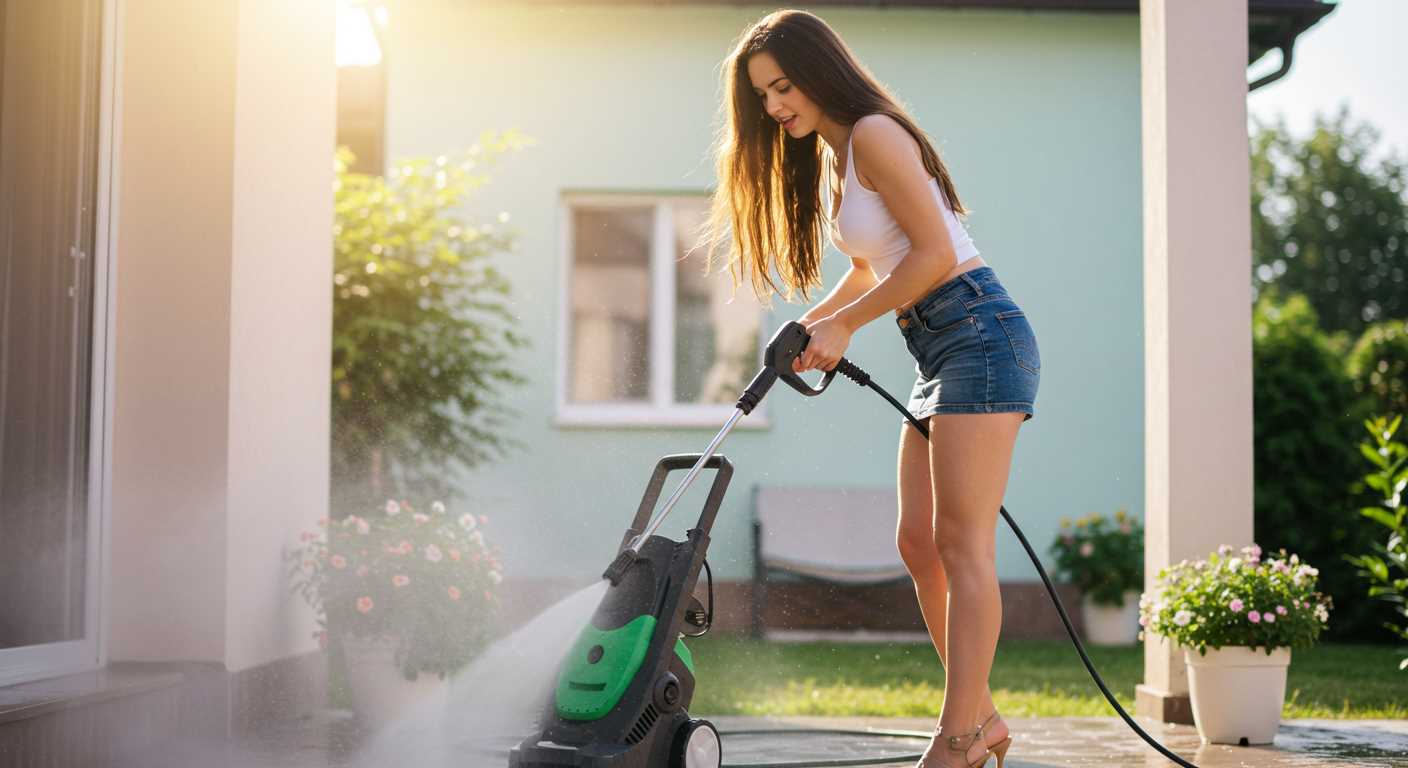
Evaluate the gaskets and O-rings within the spray gun. Worn or damaged seals can lead to loss of water pressure, generating a pulsing effect. Replace any deteriorated components to ensure a tight seal and consistent water flow.
Check the Nozzle
Scrutinise the nozzle for blockages or cracks. A clogged or damaged nozzle alters the spray pattern and can cause fluctuations in pressure. Use a small wire or pin to clear any debris, and consider replacing the nozzle if it shows significant wear.
After these assessments, reattach the spray gun to the water supply and observe its functionality. If issues still persist, further investigation into the connections leading to the spray gun may be necessary. Overall, a keen eye for detail in this area often resolves pressure inconsistencies quickly.
Testing the Pressure Regulator Settings
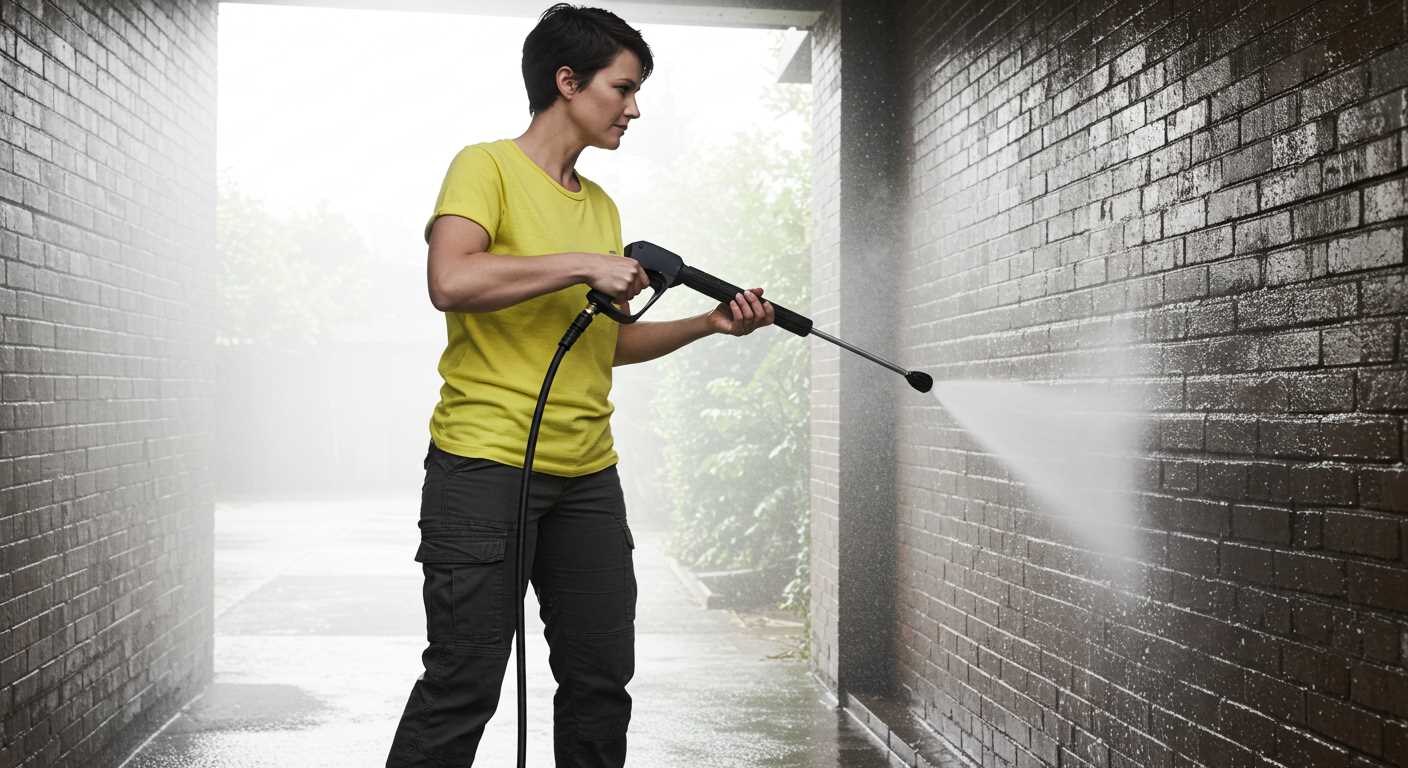
First, ensure the washer is powered off and water supply is disconnected for safety before conducting any tests. To assess the settings of the regulator, locate the adjustment dial, usually found near the pump. Adjust it slightly in small increments while observing the performance.
Steps to Test the Regulator
- Reconnect the water supply.
- Turn the machine on and let it run for a few minutes.
- Set the spray gun to its highest power setting.
- Gradually adjust the regulator and note the impact on the flow rate and consistency of the output.
- If fluctuations occur, revert to factory settings and retest to determine a stable performance level.
Document the outcomes for future reference. If adjustment fails to maintain a steady flow, consider potential issues with the regulator itself or seek a replacement component.
Final Checks
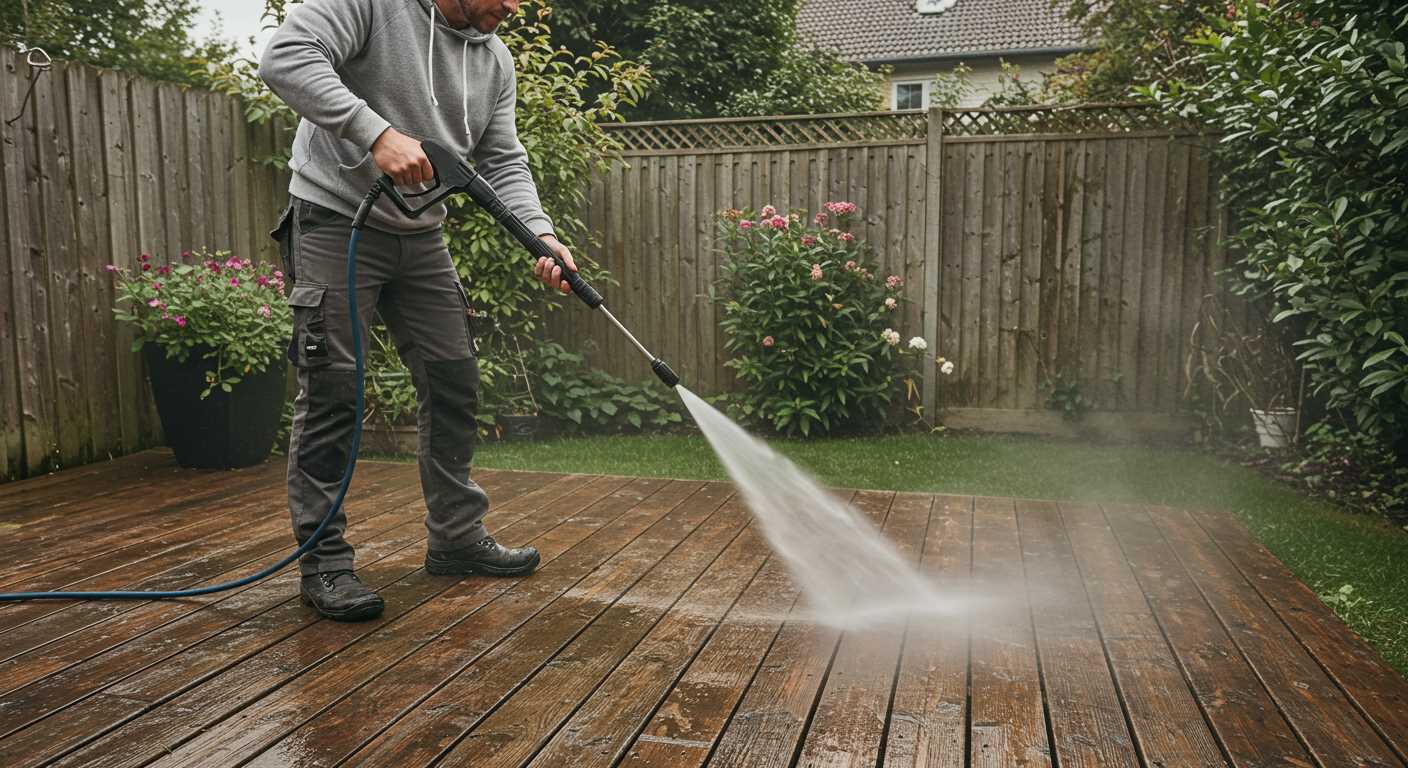
- Inspect the seals and connections to the regulator for wear.
- Ensure there are no leaks present around the attachment points.
- Evaluate the entire system for any damage that could impact efficiency.
Regular testing and maintenance can prolong the life of the equipment and enhance its performance. Keeping the regulator in optimal condition is crucial for achieving the desired results during operation.
Identifying Electrical Issues Related to the Motor
Check the electrical connections for corrosion or looseness. Any compromised wiring can lead to inconsistent performance, causing variations in output. Ensure that all connectors are clean and securely connected.
Examine the motor for signs of wear or overheating. Listen for unusual sounds, such as grinding or squealing, which indicate internal problems. An overheating motor often leads to intermittent operation, affecting the water flow.
Testing Voltage Levels
Use a multimeter to verify that the motor receives the proper voltage. Insufficient power can lead to fluctuations. If the voltage is inconsistent, inspect the power source and any extension cords; low-quality cords can cause voltage drops.
Inspecting the Capacitor
A faulty or failing capacitor can disrupt the motor’s performance. Check for swelling or leakage, as these are signs of a malfunctioning capacitor. Replacing a damaged capacitor often restores smooth operation and eliminates pulsating effects.
Conduct regular maintenance on electrical components. Keeping connections clean and ensuring the motor runs only when necessary can prevent future issues. A proactive approach extends the lifespan of your equipment and maintains reliable performance.







